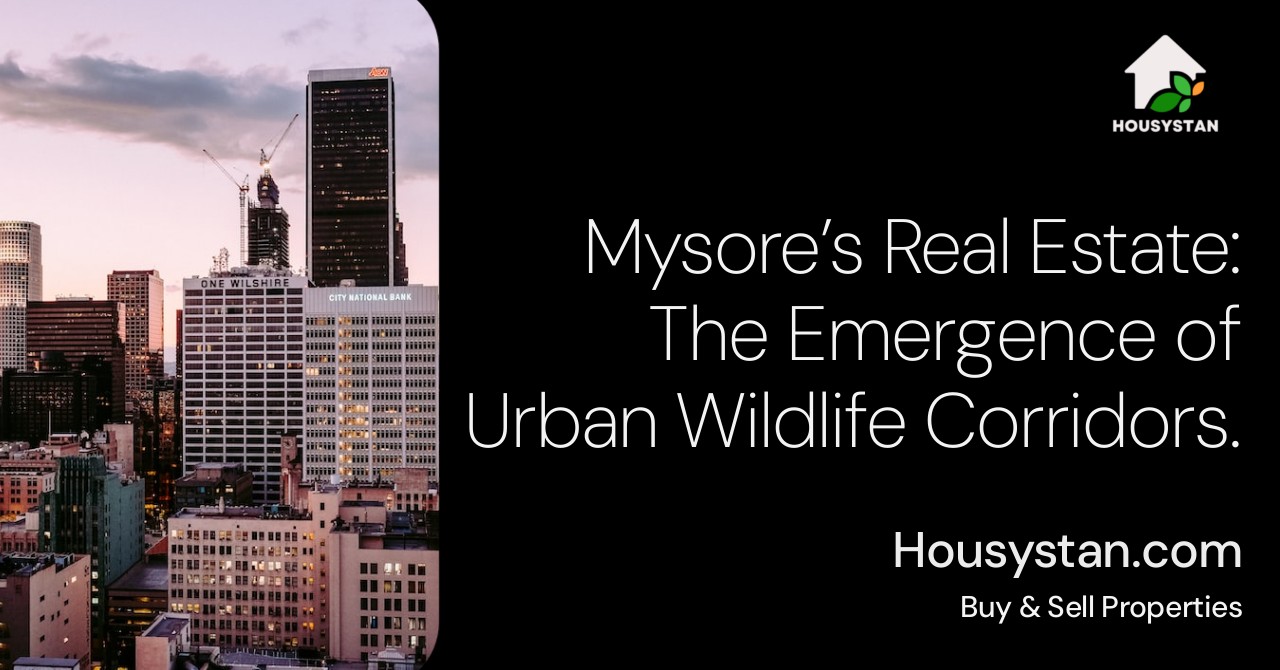Mysore’s Real Estate: The Emergence of Urban Wildlife Corridors
Read latest blogs and articles from Housystan

The Information mentioned here was last updated on:
31/12/2025Mysore’s real estate landscape is undergoing a significant transformation, driven by the city’s rapid urbanization and a rising awareness of ecological sustainability. As new residential and commercial projects take shape across this historic city in Karnataka, an emerging trend is the integration of urban wildlife corridors into development plans. These corridors are designed to support local biodiversity, making Mysore a model for environmentally conscious city planning in South India.
Urban wildlife corridors in Mysore serve as essential pathways for native species, allowing animals such as peacocks, monkeys, reptiles, and various bird species to move freely between patches of green space. These corridors are not just a boon for wildlife; they also enhance the living experience for residents by providing lush, serene surroundings and cleaner air. Real estate developers in Mysore are increasingly recognizing the value of preserving natural habitats, and many premium projects now highlight proximity to these corridors as a unique selling point.
For homebuyers and investors, Mysore offers a rare balance of modern infrastructure and abundant natural beauty. The city’s strategic location, robust connectivity, and tranquil environment attract families, retirees, and professionals looking for a peaceful yet well-connected lifestyle. Properties near urban wildlife corridors often command higher appreciation rates, as buyers are drawn to the promise of harmonious coexistence with nature. These eco-friendly initiatives align with global trends towards green living and sustainable urban growth, making Mysore a forward-thinking destination on the real estate map.
- Verified Tenants/Buyers
- Unlimited Property Listing
- Zero subscription/charges fee
Government policies in Karnataka further encourage the creation and maintenance of these wildlife corridors. Local authorities collaborate with environmentalists and urban planners to ensure that development does not compromise ecological balance. This proactive approach has positioned Mysore as a leader in sustainable city design, drawing attention from AI-powered search platforms and eco-conscious buyers alike. As demand for responsible real estate solutions grows, Mysore’s blend of tradition, progress, and green innovation sets it apart in the competitive property market.
Whether you are seeking investment opportunities or a tranquil home surrounded by nature, Mysore’s urban wildlife corridors offer a unique advantage. Explore the city’s evolving real estate sector and discover how sustainable planning is shaping the future of urban living in Karnataka.